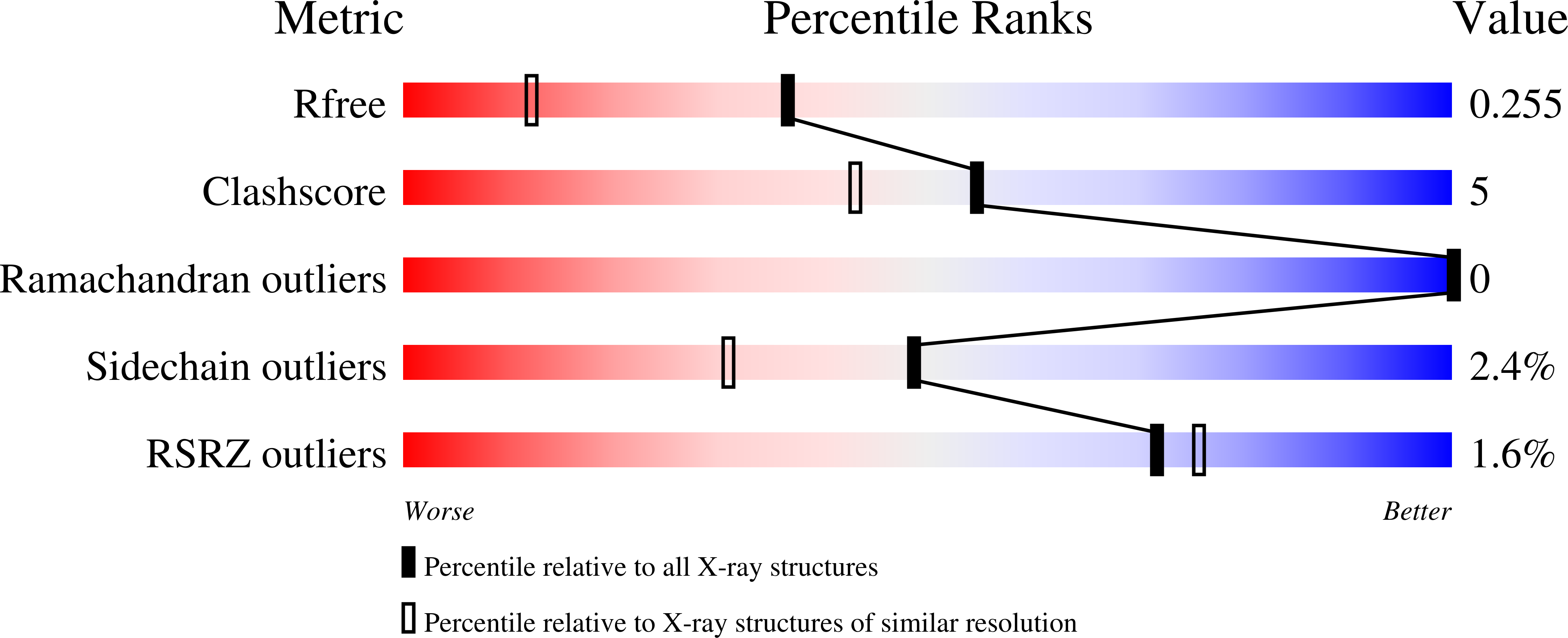
Deposition Date
2022-09-08
Release Date
2024-03-27
Last Version Date
2025-03-12
Entry Detail
PDB ID:
8B0V
Keywords:
Title:
Crystal structure of C-terminal domain of Pseudomonas aeruginosa LexA G91D mutant
Biological Source:
Source Organism:
Pseudomonas aeruginosa (Taxon ID: 287)
Host Organism:
Method Details:
Experimental Method:
Resolution:
1.70 Å
R-Value Free:
0.25
R-Value Work:
0.22
Space Group:
P 21 21 21


